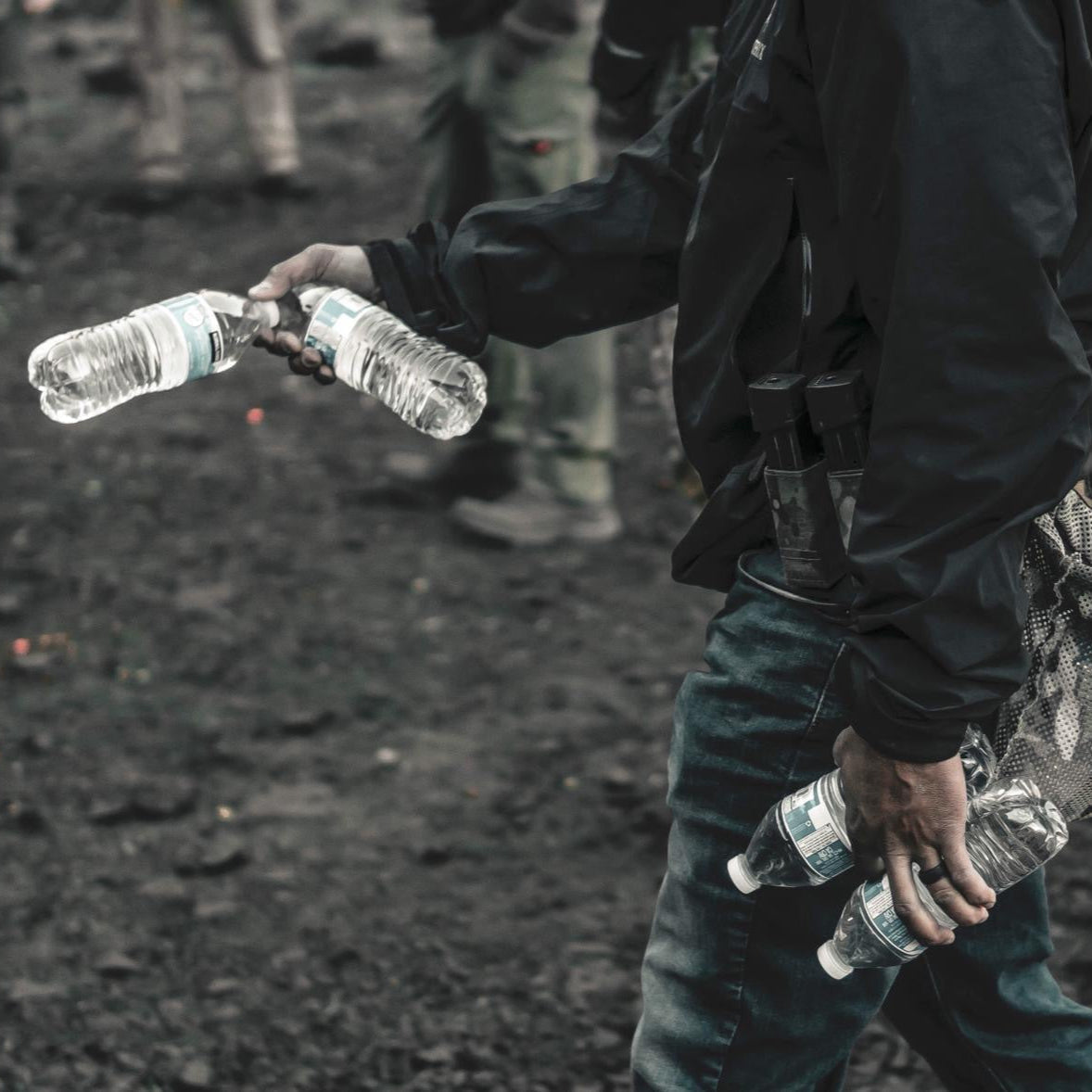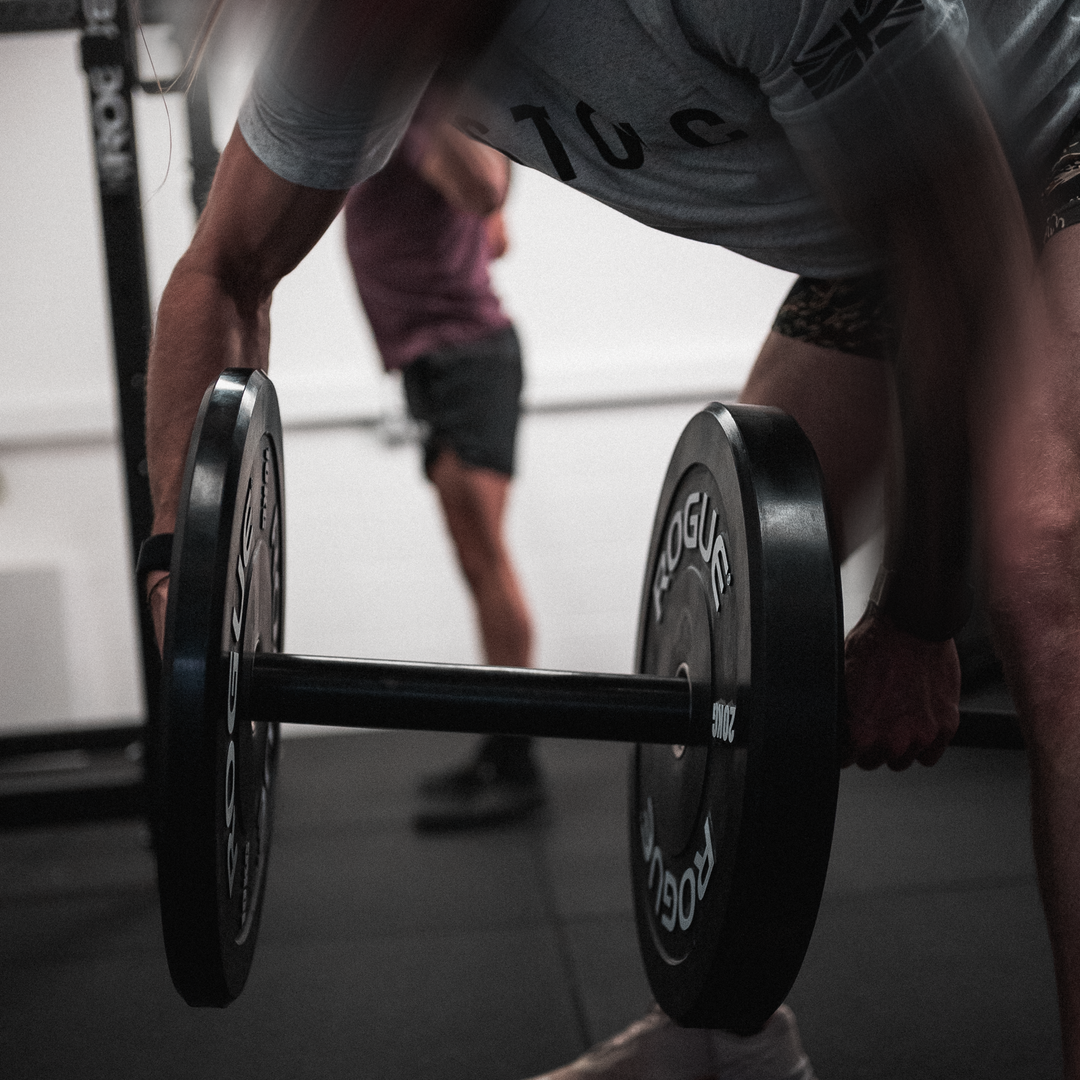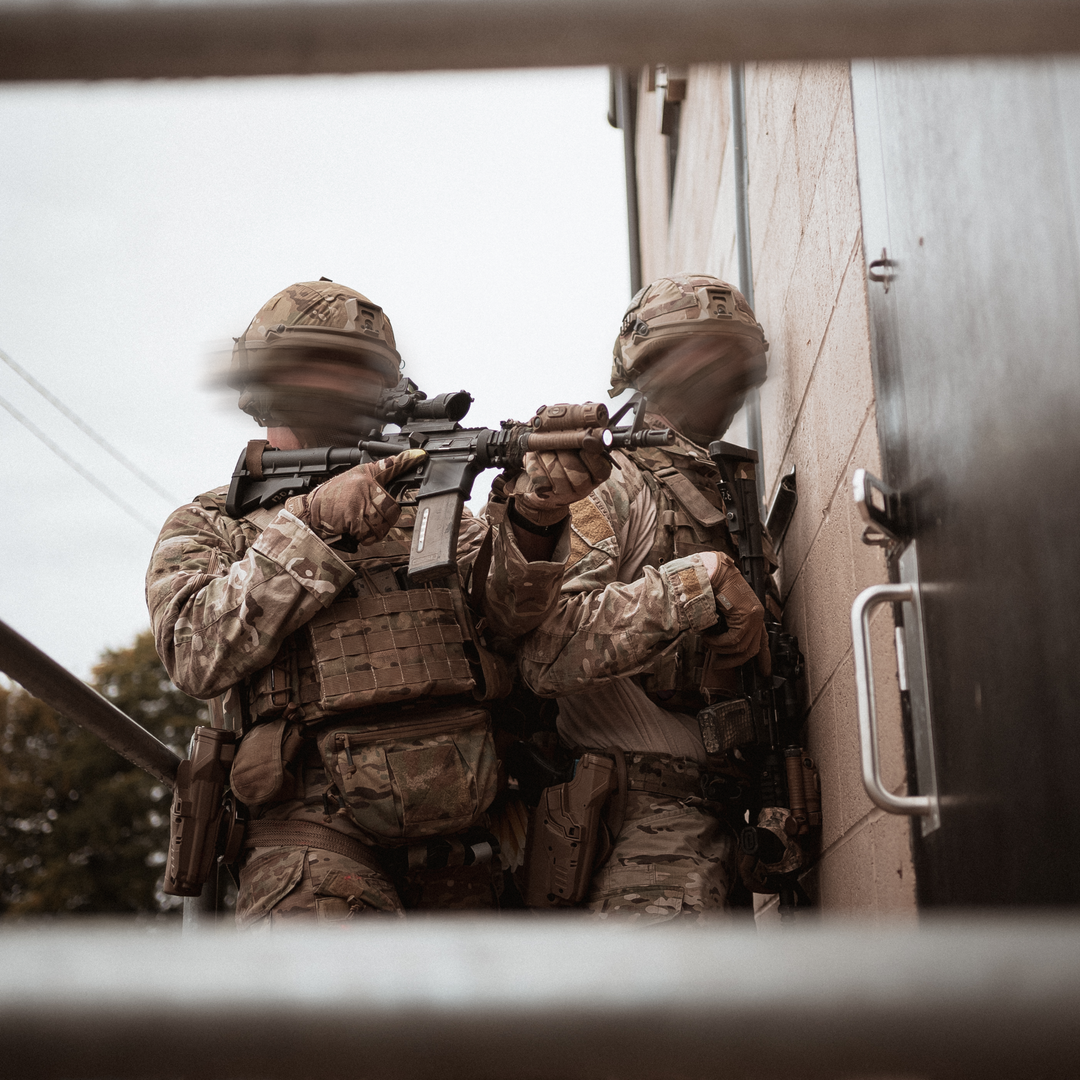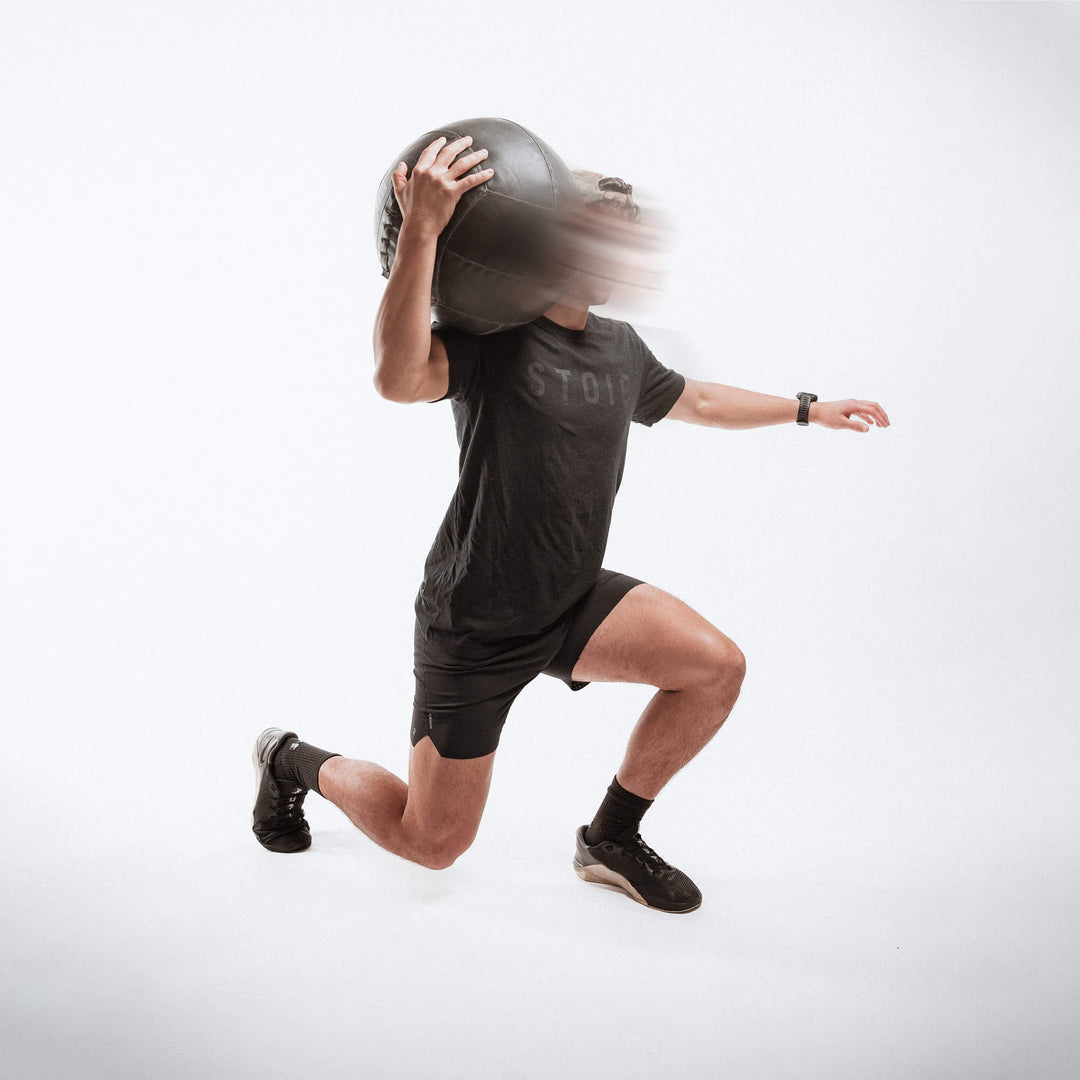OPTIMAL HYDRATION STRATEGIES FOR OPERATORS AND SOLDIERS

We all know that water is important. We can’t live for very long without it and even a relatively small amount of dehydration can result in significant drops in performance. The number of systems in the body that are compromised when we’re dehydrated is long, but suffice to say that anyone that has been slightly or severely dehydrated during various physical tasks will be painfully aware how catastrophic it can be.
Taking this decrease in performance and coupling it together with a high stress learning/training environment or a kinetic situation, we have potential for very negative things to happen.
This article will breakdown the basics of how we absorb and use water as well as best recommendations for staying adequately hydrated during different session lengths and environments.
How is it absorbed:
Water is primarily taken up into the bloodstream via the gut. Interestingly the stomach can absorb water directly through the stomach wall but the intestines are where the majority of water is absorbed (90-95%). The majority of this absorption process happens passively through a process called osmosis, but is dependant on a gradient of mineral ions or ‘stuff’ in the intestines. If you have more ‘stuff’ (in particular sodium) in your body then osmosis across the intestinal wall occurs easily and your body draws water into it. If you have more ‘stuff’ in your gut then osmosis doesn’t happen and the water stays in your intestines to keep your gut diluted and just passes through on the way to being excreted.
So essentially, water will move to the area with a higher concentration of ‘stuff’ to dilute it. We can see a rather extreme example of this process when we consider that drinking sea water (with very high levels of sodium) actually pulls water out of your body as it attempts to dilute your gut and dehydrates you rapidly.
How much is needed (daily and with exercise):
Normal Daily intake
How much water we each should specifically drink throughout a normal day really depends on bodyweight, but in general men need 3-4 litres per day and women need 2-3 litres per day. This need will increase due to exercise requirement and the temperature of the environment we’re in. We can also get roughly 250-750ml from food consumption but this is dependant on our diet make up.
Short session
Plain water is going to be the best option if your session is weightlifting based, short in duration (less than an hour) and/or taking place in moderate temperatures that don’t cause a high sweat rate from thermoregulation.
Your gut will be relatively free of sodium (as you’re just drinking water) but then your body will not be losing enough sodium through sweat to affect the concentration of ions around the gut so water will be drawn into your body across the gradient.
If you sweat a lot or you’re training in a warm/hot environment then it’s a good idea to add a little more sodium in the form of salt to your post workout meal (just the first meal you have after training) but would not necessarily be needed during your workout.
Long sessions and hot environment considerations
More factors come into play when we are training or operating for longer periods of time or in hotter climates. We need to factor in replenishing compounds than just water that are lost due to sweat and exertion as well as constantly thermoregulating our bodies from consistent movement and the environment.
The main compounds you need to look at replenishing would be glucose and sodium with potassium coming in close behind. If nothing is taken in apart from high amounts of water during long sessions there is potential to fall into exercise associated hyponatremia (low sodium concentration in your blood), during the session and up to 24 hours post exercise.
If you are a heavy sweater, training for long duration (over 90 minutes) and/or in hotter training environment then the loss of sodium and potassium in the body and increased water intake will start to have negative effects on muscular contractions, neural connections, the glycolytic/anaerobic energy system and more.
Replenishing electrolytes during your session will help negate these effects. Preemptively and strategically taking on board water with electrolytes and small amount of glucose will be the best strategy to maximise your performance as relying on thirst as an indication of hydration levels while exercising will not be adequate. It’s a good system to use when at rest but under exercise conditions (especially heavy sweat and heat) it doesn’t keep up with the demand placed on your body.
It will also help with thermoregulation in hotter environments as sweating is the main process which helps you stabilise your body temperature. If you are dehydrated then this system can become sluggish which could potentially decrease your ability to regulate your body temperature. Once you body has hit a certain threshold for thermoregulation there is a cascade of rising temperatures and not being able to bring them down which leads to heat exhaustion, heat stroke and ultimately death.

Strategies and Summary
For short duration sessions, water is sufficient for hydration purposes. Look to take on board an extra 500-1000ml throughout the session. For longer sessions or training in hot environments look to include electrolytes with your water intake. Plan on taking in roughly 1000ml per hour and bear in mind that studies have shown that the best way to absorb water during sessions is in larger amounts rather than sips at a time. So aim to take on 250-400ml at a time however this depends on the type of session and what you can stomach at the time.
If no fluids are going to be given during exercise or you are going to be working for very long periods of time (2 hours or more), you can help mitigate an issues by pre-hydrating in the following way:
- An extra 500ml of fluid the night before exercise
- 500 ml in the morning
- 500 to 1000 ml, 1 hour before exercise
- 250 to 500ml, 20 minutes before exercise
- You can preemptively get electrolytes on board in the morning if you are in hot environments to offset the delay of gastric transit and water absorption.
Make sure whole food intake is stable leading up to training and then potentially adding in a small amount of salt to food intake post training if you have a history of cramping during exercise (It is worth noting that localised muscular cramping doesn’t occur because of a lack of electrolytes but from not being conditioned enough…and then blaming it on lack of electrolytes).
If you’re a chronic mouth breather or snore heavily when you sleep then you can try taping your mouth at night to reduce fluid loss overnight (Up to 500ml is lost through respiration). This strategy will also assist in improving the quality of your sleep. Use light surgical tape for sensitive skin to avoid damaging the skin around your lips.
In relation to sports drinks – there are some compounds that are co-transported across the intestinal wall such as sodium and glucose rather than using the process of osmosis (such as Powerade – sugar and salt). This can accelerate water absorption as the gradient changes within the body as well as pulling water across the intestinal wall during active transport. The big problem with most commercial drinks such as this is that there is just far too much glucose in them for the needs of most people. So when it comes to sports drinks like Powerade, they would only be good for long (90min+) session and keep in mind that the liquid carbohydrates will add up into excess calories very quickly if you’re consuming one or more per session. Good to have if it’s all you have access to but a better option would be electrolyte tablets dissolved in water.




